Growing your own food at home is no longer limited to backyard gardens. With modern techniques and a little planning, you can cultivate fresh, edible greens indoors without using soil. Hydroponics, aeroponics, and other soilless methods are revolutionizing urban gardening, allowing even apartment dwellers to enjoy nutrient-rich vegetables year-round.
This article will guide you through the process of growing edible greens indoors without soil, highlighting the best methods, essential equipment, step-by-step instructions, and tips for a successful indoor harvest.
Why Grow Greens Without Soil?
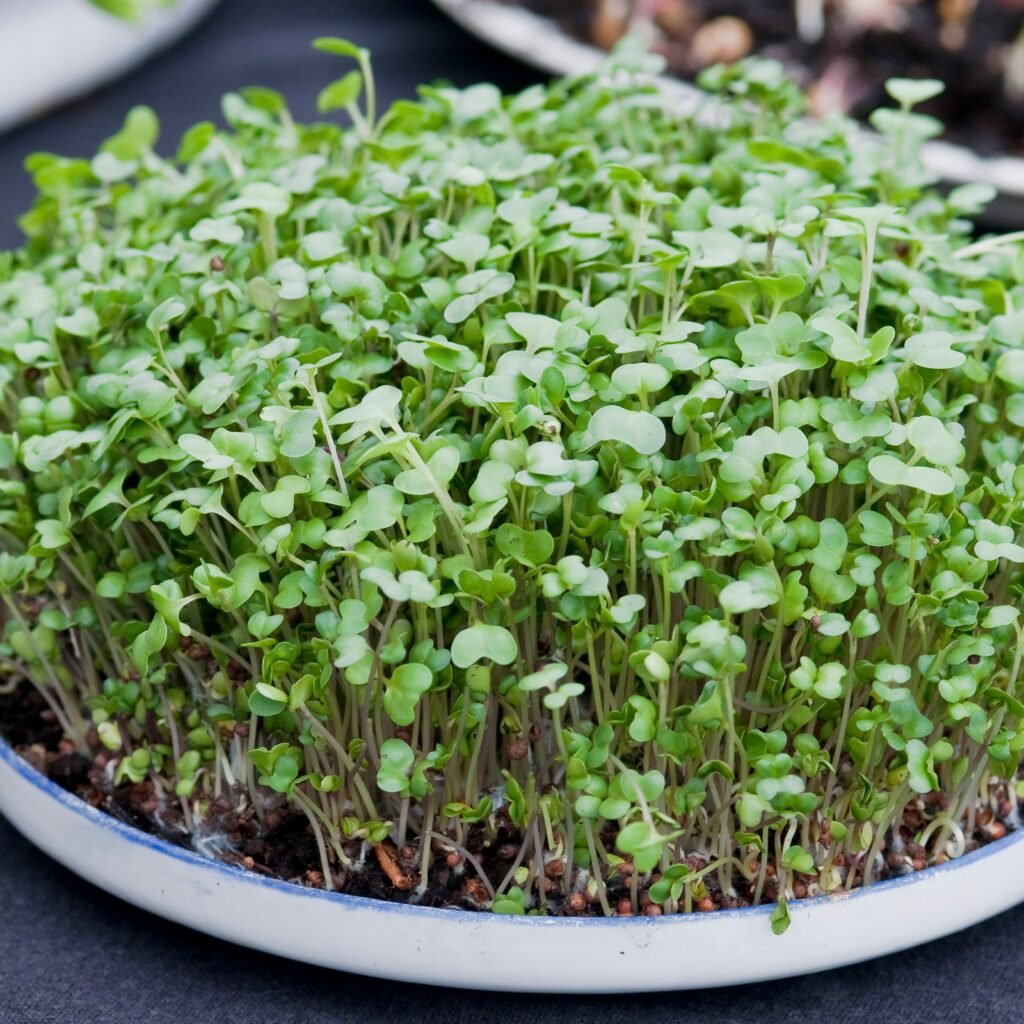
Soilless gardening offers several advantages, particularly for indoor spaces:
- Space Efficiency: You don’t need a backyard or garden plot. Small containers, vertical setups, and hydroponic systems make indoor cultivation possible.
- Faster Growth: Plants often grow more quickly in water or nutrient solutions because roots can directly absorb nutrients.
- Fewer Pests and Diseases: Soil-borne pathogens are minimized.
- Water Efficiency: Closed hydroponic systems recycle water, reducing wastage.
- Year-Round Production: Indoor conditions allow you to grow fresh greens regardless of the season.
Popular edible greens for soilless cultivation include lettuce, spinach, kale, arugula, Swiss chard, and herbs like basil, mint, and cilantro.
Popular Methods of Growing Greens Without Soil
Several soilless methods are ideal for indoor gardening. The most common include:
1. Hydroponics
Hydroponics is the practice of growing plants in a nutrient-rich water solution instead of soil. It is highly efficient and widely used for leafy greens.
Types of Hydroponic Systems:
- Deep Water Culture (DWC): Plants’ roots are suspended in oxygenated nutrient water. Ideal for lettuce and spinach.
- Nutrient Film Technique (NFT): A thin stream of nutrient solution flows over roots in a channel, allowing constant nutrient absorption.
- Ebb and Flow (Flood and Drain): Nutrient solution periodically floods the plant roots and then drains, providing hydration and oxygenation.
Pros: Rapid growth, high yield, minimal soil pests.
Cons: Requires monitoring water pH and nutrient levels.
2. Aeroponics
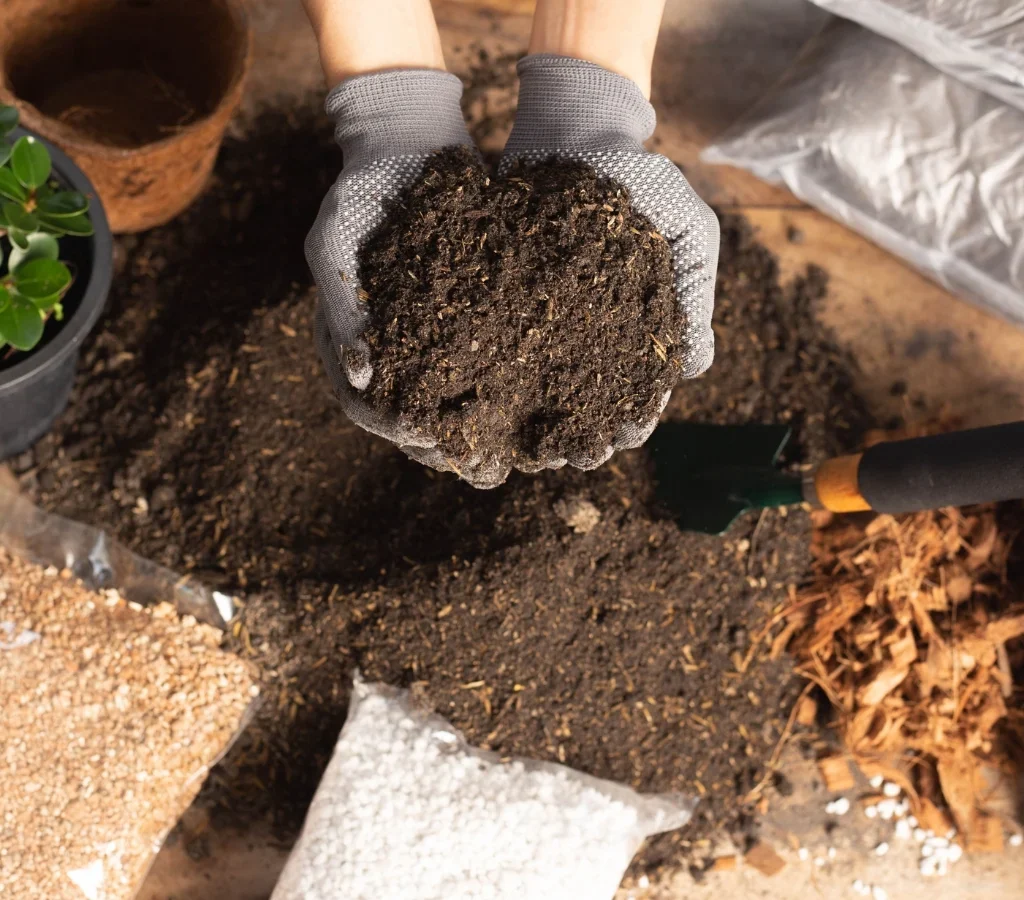
Aeroponics involves suspending plant roots in air while misting them with nutrient-rich water. This technique is highly efficient in nutrient uptake and oxygenation.
Pros: Extremely fast growth, reduced water usage, clean setup.
Cons: Requires precise misting systems and monitoring.
3. Wick System (Passive Hydroponics)
The wick system is a simple, low-maintenance setup where plants draw nutrient solution from a reservoir through a wick.
Pros: Affordable, simple, low maintenance.
Cons: Suitable only for small or medium-sized greens, slower growth compared to active hydroponics.
4. Grow Towers or Vertical Gardens
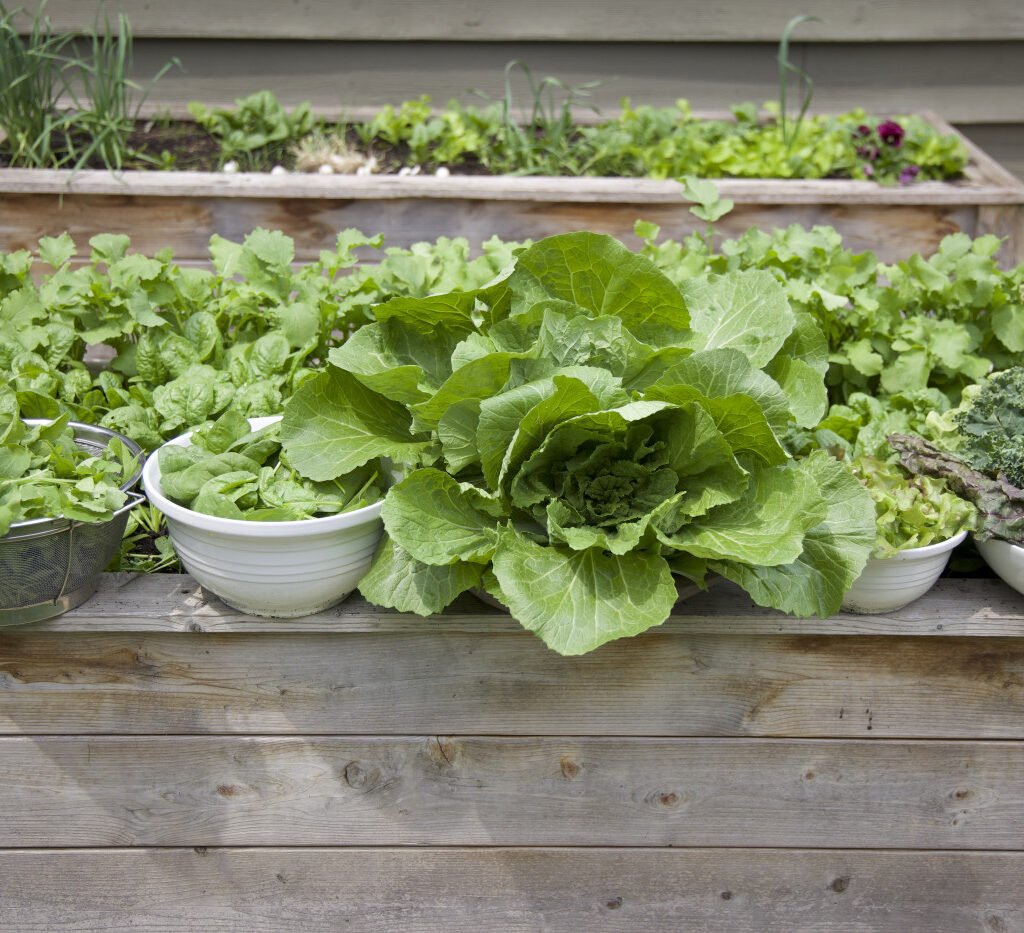
Vertical soilless gardens are perfect for limited spaces. Plants grow in stacked containers with nutrient solutions delivered via drip irrigation or wick systems.
Pros: Space-saving, aesthetically pleasing.
Cons: Initial setup can be more complex and costly.
Essential Equipment for Indoor Soilless Gardening
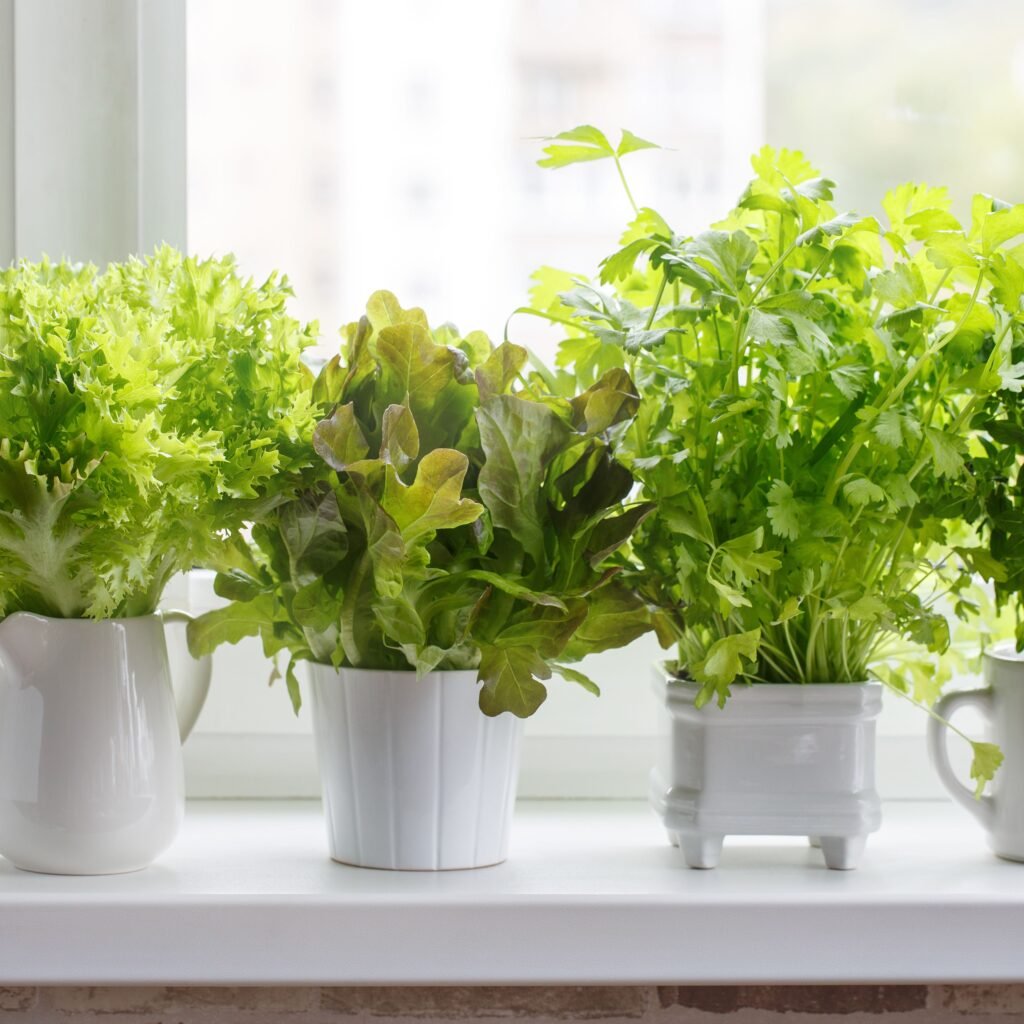
To successfully grow edible greens indoors, you need the following:
- Containers or Reservoirs: To hold water and nutrient solutions.
- Nutrient Solutions: Specially formulated hydroponic fertilizers with essential macro- and micronutrients.
- Water Pumps (for active systems): To circulate nutrient solutions in DWC, NFT, or ebb-and-flow systems.
- Air Pumps and Air Stones: For oxygenating water in deep water culture setups.
- Grow Lights: LED or fluorescent lights with a spectrum suitable for leafy greens.
- pH and EC Meters: To monitor water acidity and nutrient concentration.
- Net Pots or Mesh Containers: To support plants while allowing roots to grow freely.
- Wicks or Drip Lines (if applicable): For passive nutrient delivery.
Step-by-Step Guide to Growing Greens Indoors Without Soil
Step 1: Choose Your Greens
Select plants that thrive in hydroponic or aeroponic systems. Lettuce, arugula, spinach, kale, and herbs like basil and mint are ideal for beginners.
Step 2: Set Up Your System
- For DWC, fill a container with water, add nutrient solution, and suspend plants in net pots. Add an air stone for oxygen.
- For NFT, position a channel at a slight incline, add water and nutrients, and place plants in holes along the channel.
- For Wick systems, place a wick from a water reservoir into the growing medium.
Step 3: Provide Adequate Lighting
- Leafy greens need 12–16 hours of light per day.
- Use full-spectrum LED grow lights to mimic natural sunlight.
- Position lights 6–12 inches above plants and adjust as they grow.
Step 4: Monitor Nutrient Solution
- Maintain nutrient solution pH between 5.5 and 6.5 for optimal growth.
- Check Electrical Conductivity (EC) to ensure nutrient concentration is sufficient.
- Replace the solution every 1–2 weeks to prevent salt buildup.
Step 5: Maintain Temperature and Humidity
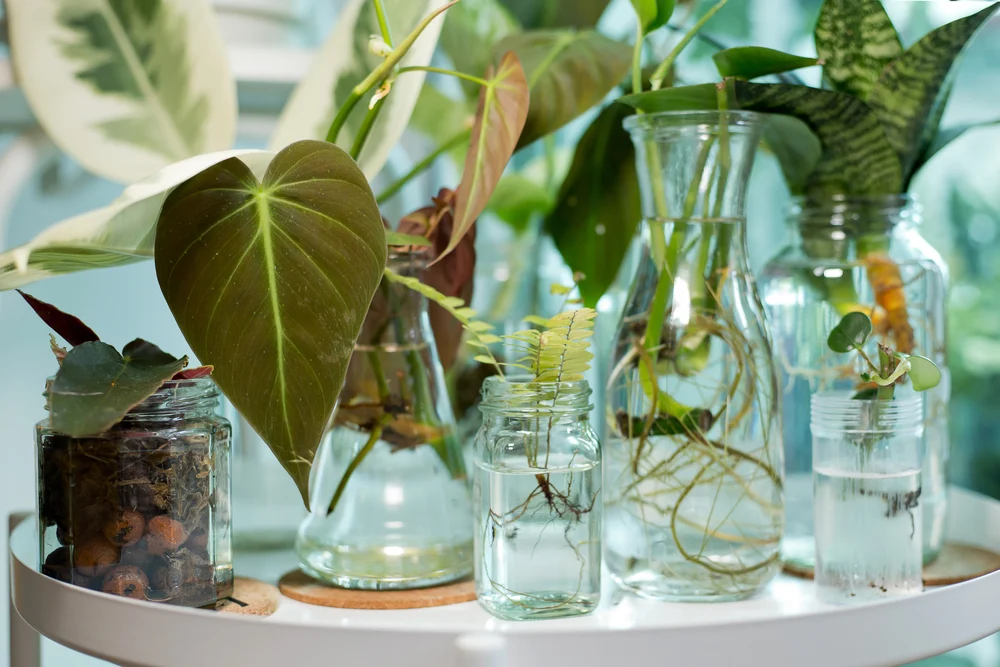
- Ideal temperature for most greens: 65–75°F (18–24°C).
- Relative humidity: 50–70%.
- Ensure proper air circulation to prevent mold or fungal growth.
Step 6: Plant Spacing and Support
- Leafy greens require 3–6 inches between plants for proper growth.
- Some tall greens may need stakes or trellises to support growth.
Step 7: Harvesting
- Leafy greens can be harvested 3–6 weeks after planting, depending on the species.
- Use scissors to snip outer leaves, allowing inner leaves to continue growing.
- For herbs, harvest regularly to encourage bushier growth.
Tips for Maximizing Indoor Growth Without Soil
- Start with Seeds or Seedlings: Seeds are economical, while seedlings give faster results.
- Rotate Plants Regularly: Ensure even light distribution to prevent uneven growth.
- Monitor for Pests: Indoor setups are less prone, but aphids or fungus gnats can appear.
- Use Organic Nutrients (Optional): Liquid compost or seaweed extracts can supplement growth.
- Clean System Regularly: Prevent algae and bacteria buildup in water reservoirs.
Common Problems and Solutions
| Problem | Cause | Solution |
|---|---|---|
| Yellowing leaves | Nutrient deficiency | Adjust nutrient concentration, check pH |
| Slowed growth | Insufficient light | Increase grow light intensity or duration |
| Root rot | Over-saturated roots | Improve oxygenation, check water quality |
| Algae growth | Excess light on water surface | Cover reservoir, reduce light exposure on water |
| Wilting leaves | High temperature or low humidity | Adjust room conditions, provide airflow |
Benefits of Growing Edible Greens Indoors Without Soil
- Fresher Produce: Harvest when needed for maximum flavor and nutrition.
- Year-Round Gardening: No dependency on seasons or outdoor conditions.
- Educational and Therapeutic: Indoor gardening teaches plant biology and reduces stress.
- Sustainable Living: Reduces food miles and encourages eco-friendly practices.
- Efficient Resource Use: Conserves water and nutrients compared to traditional soil gardening.
Popular Greens for Indoor Soilless Cultivation
Here’s a quick guide for the best greens to grow indoors:
- Lettuce: Quick growth, perfect for DWC or NFT.
- Spinach: Thrives in cooler indoor environments.
- Kale: Nutrient-dense, suitable for hydroponic growth.
- Arugula: Fast-growing with peppery flavor, ideal for beginners.
- Swiss Chard: Colorful leaves, prefers moderate light.
- Basil & Mint: Aromatic herbs that do well in aeroponic setups.
- Cilantro & Parsley: Ideal for windowsills and LED setups.
Conclusion
Growing edible greens indoors without soil is a practical and exciting way to enjoy fresh, healthy produce year-round. Hydroponic, aeroponic, and wick systems provide flexible, space-saving solutions for any home. By carefully selecting greens, maintaining nutrient solutions, and monitoring light and environmental conditions, you can cultivate a thriving indoor garden that not only feeds your body but also enhances your living space.
With consistent care, your soilless indoor garden can produce lush, nutrient-rich greens while offering the satisfaction of growing your own food. Embracing modern techniques and combining them with basic gardening principles allows you to create a sustainable, healthy, and visually appealing indoor garden—a true oasis in any urban setting.
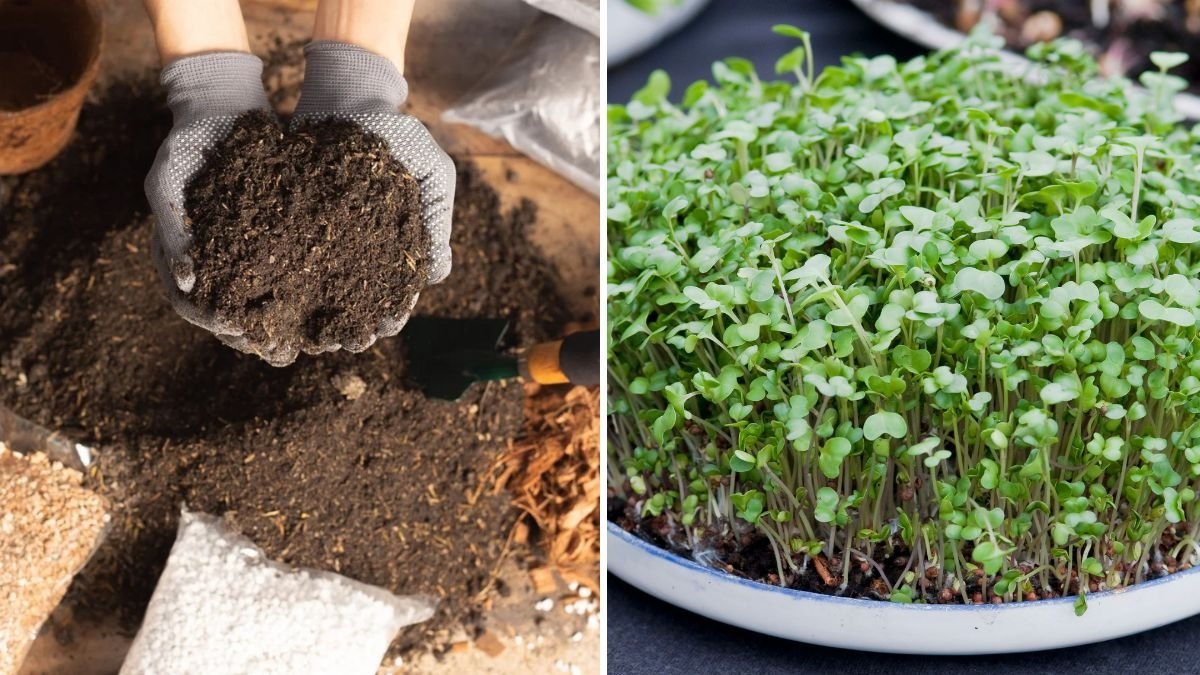




Leave A Comment